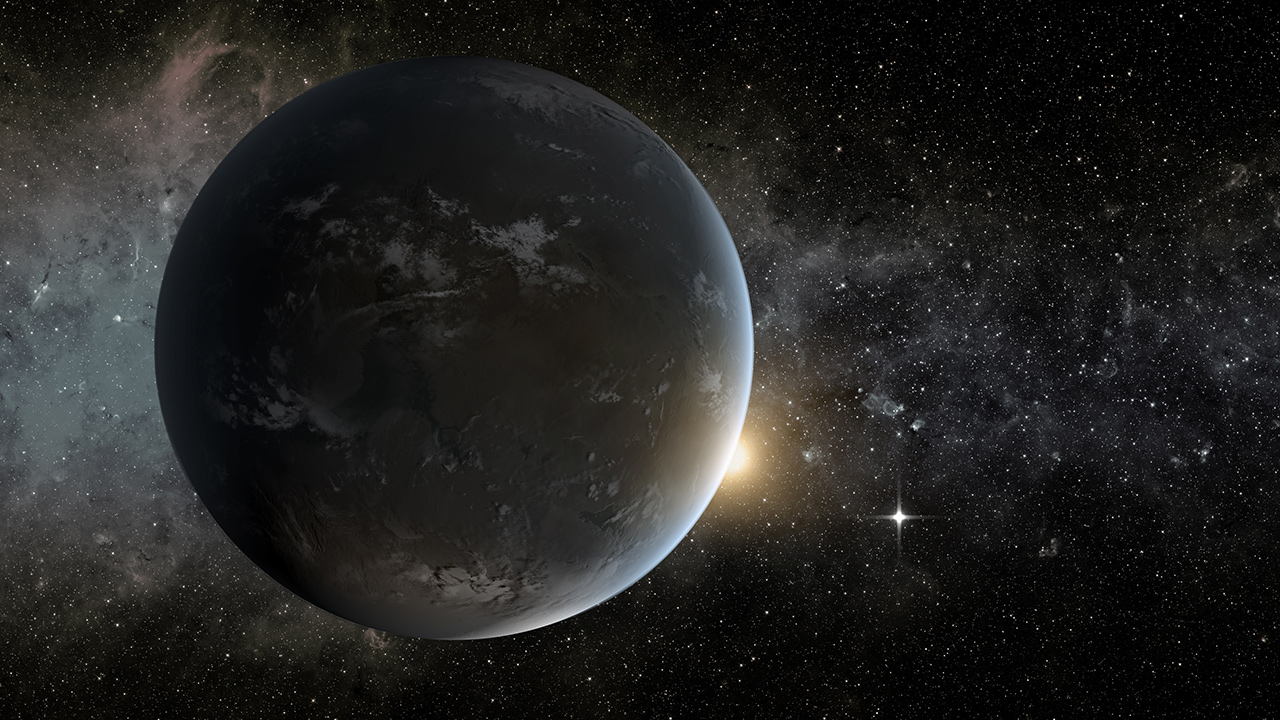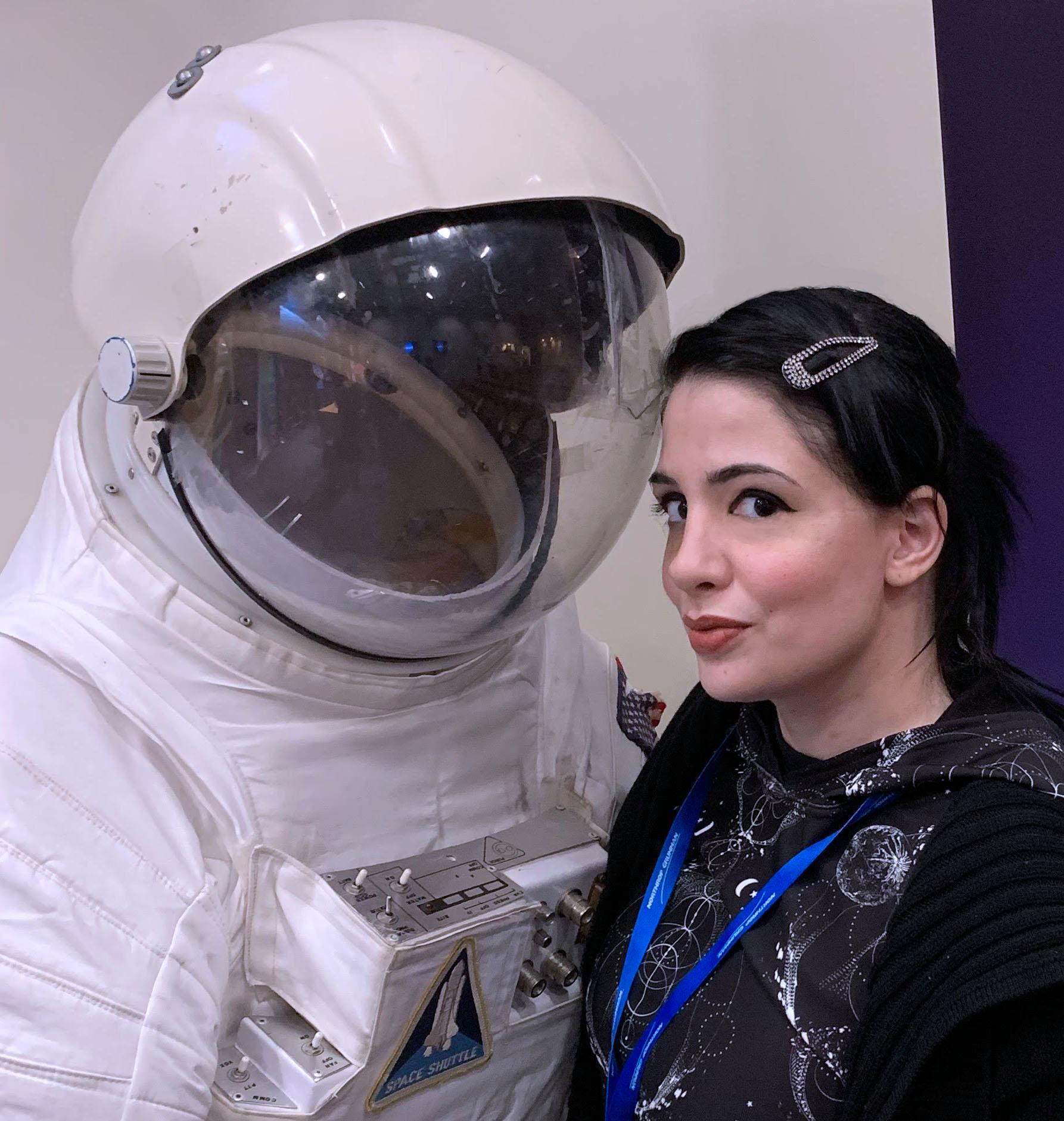Sorry, Spock, but planet Vulcan's real-life doppelgänger doesn't exist
What was thought to be a real-life analog for the planet Vulcan doesn't exist.

This is going to disappoint Trekkies everywhere, but what was thought to be a real-life version of the exoplanet Spock calls home is actually not a planet at all.
Vulcan (for the uninitiated) is the planet in the "Star Trek" universe which orbits the actual star 40 Eridani A in the constellation of Eridanus. When a research team thought they had discovered a real-life version of that planet, 40 Eri b, in 2018, it thrilled the entire fandom.
Now a new study that reexamined exoplanet candidates has disproved that planet's existence. Unfortunately, the gravitational pull thought to be exerted by the planet was really just caused by the star's surface acting up.
"We present strong evidence that the planet HD26965 b (o2 Eri b, 40 Eri b) reported [in 2018] is not a planet, and is rather caused by stellar activity," the researchers wrote in a new study.
Related: Hey, Spock! Real-Life 'Planet Vulcan' Orbits Sun Featured in 'Star Trek'
"Vulcan" was previously thought to exist because of signals from 40 Eridani A that were discovered using the radial velocity method. Stars and planets exert gravity on each other. When an object is gravitationally pulled to move towards an observer, its light shifts to the bluer side of the spectrum (blueshift), and to the redder side of the spectrum (redshift) when it is moving away from the observer. Exoplanets cannot be directly seen this way, but detected because of the way their gravity makes the star move.
40 Eridani A seemed to have an orbiting planet because of consistent signals from its motion. It sounds, as Spock would say, perfectly logical.
Breaking space news, the latest updates on rocket launches, skywatching events and more!
There are issues with the radial velocity method, though. It has more success detecting large exoplanets that orbit close to their star as opposed to smaller exoplanets and planets orbiting further away. At about twice the size of Earth — a "super-Earth" — the hypothetical 40 Eri b was on the smaller side. Its assumed orbit was even in the habitable 'Goldilocks' zone.
When the signals that appeared to give away a planet were analyzed again, because NASA needs a heads up before investing in closer studies of candidate exoplanets, they were outed as a false positive. Vulcan's entire existence was pushed back into the realm of science fiction.

If the Vulcan analog was real, it would have been a prime subject to observe not only because of its supposed location in the habitable zone, but because its star is similar to our sun. There would have been at least a possibility for some sort of life. In their 2018 statement, the researchers who thought they had detected the fictional planet even suggested an advanced civilization like the Vulcans could thrive near its star.
Does this mean nothing is orbiting 40 Eridani A? Maybe there is a smaller or further planet somewhere, but for now, no more are suspected. Something could come up in the future. Until then, live long and prosper, fictional planet Vulcan.
The research is described in a paper accepted for publication in The Astronomical Journal and posted on the preprint server arXiv.
Follow us @Spacedotcom, or on Facebook and Instagram.
Join our Space Forums to keep talking space on the latest missions, night sky and more! And if you have a news tip, correction or comment, let us know at: community@space.com.

